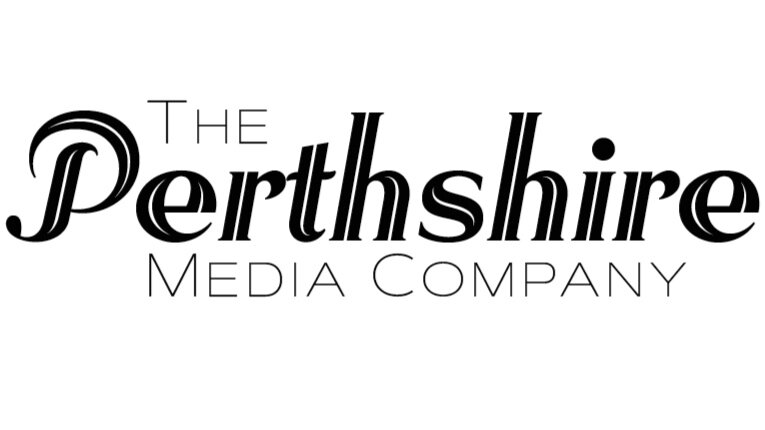Writing for your audience
In a way, most small business owners are now content writers to a certain extent. This reflects the current need to connect with customers digitally — no longer can you just rely on footfall outside a shop or attending a farmers market once a month to get the word out. Consumers are searching for places and products online more and more, which means that’s where your business has to be.
The above has resulted in village cafes with Instagram pages, boutique B&B’s with mailing lists and independent artists with blogs. Some businesses might have all three, and more. When done well, these can all be extremely effective. But many businesses struggle with having to implement these things, when their real expertise lies in brewing great coffee, cooking an amazing breakfast or creating beautiful art.
Often when digital marketing doesn’t go well, at least part of the reason is that the business is not connecting to their audience. Their product or service is as good as ever, but they don’t know how to get that over in words. After all, they’re not professional writers, so crafting a compelling newsletter, blog post or Instagram caption doesn’t come easily. If this is all ringing a bell and you know you’re one of these businesses, you’ll be pleased to hear that there’s one change you can implement that can make a huge difference. Since it’s the title of this article, you probably won’t be surprised when I say that it’s writing for your audience. But what does that mean exactly? And how do you do it?
In order to write for your audience, you first need to know whom that audience is. Have a think about some of your most recent or regular customers. What unites them? It might not be something as simple as gender or age — although it could be — but perhaps they all have a demanding job and use your services to relax, or perhaps you’re an ideal way of keeping the kids occupied for an hour or two, or perhaps they have a certain type of home which they’re interested in improving.
Note that in the above examples we are not just looking at the lifestyle of your ideal customers, but also what they get out of your business. What is it about your service that they’re willing to pay for? Once you know what kind of customer you attract and why, you’ll also know whom you’re writing to and what they want to hear from you.
What your audience wants to hear from you is perhaps the most important thing to bear in mind as you craft your next blog post, newsletter or social media caption. Your content needs to offer value to your audience so that they read it. If you’re only thinking about making sales then your words won’t be engaging. So, as you write, get your ideal audience fixed firmly in mind and address them personally. Think about what problems you can solve for them, what extra value you can offer them, or what you have that they need. The resulting text might put this over quite subtley, but your readers will sense that it’s authentic.
Have you read this far? That’s because this article is for you. Before I started it, I knew why I wanted to write it and whom I wanted it to help. I was thinking about all the small, independent business owners who do such a great job, but need a little help with their digital marketing. I’ve seen so many get this wrong. I’ve also seen the look on their faces when I explain it to them — that priceless moment of dawning understanding. I wanted you to feel that too. I’ve written this article with my audience — you — firmly in mind. So use it as an example of what I’m talking about and give it a go.

